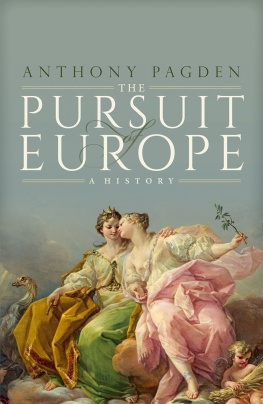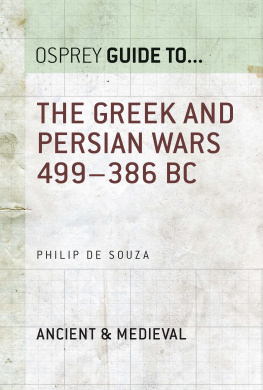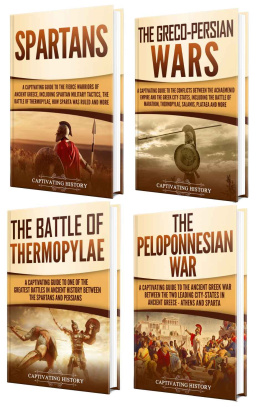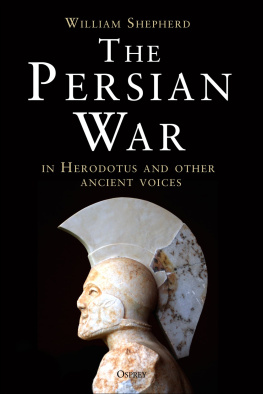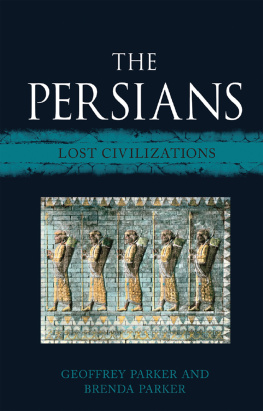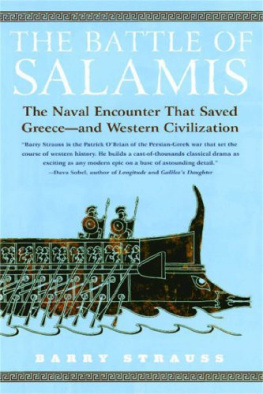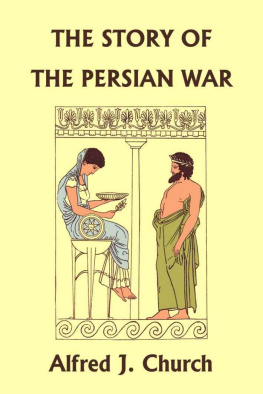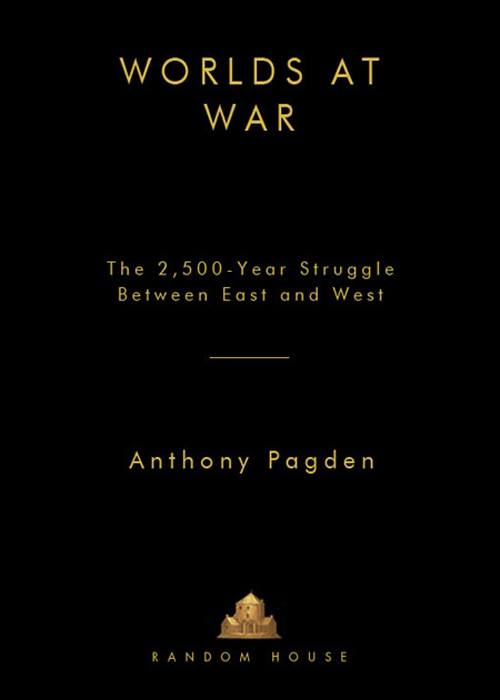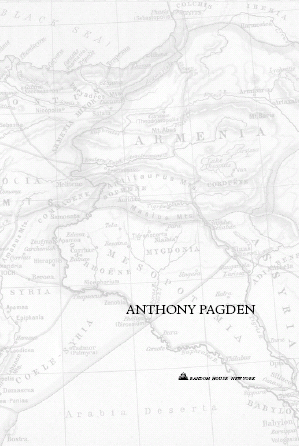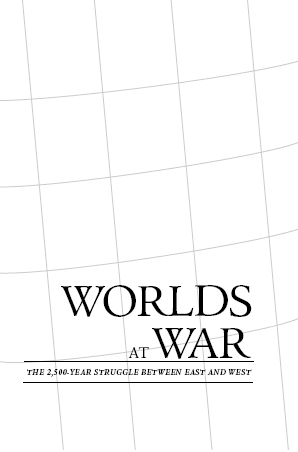Anthony Pagden - Worlds at War: The 2,500-Year Struggle Between East and West
Here you can read online Anthony Pagden - Worlds at War: The 2,500-Year Struggle Between East and West full text of the book (entire story) in english for free. Download pdf and epub, get meaning, cover and reviews about this ebook. year: 2008, publisher: Random House, genre: Religion. Description of the work, (preface) as well as reviews are available. Best literature library LitArk.com created for fans of good reading and offers a wide selection of genres:
Romance novel
Science fiction
Adventure
Detective
Science
History
Home and family
Prose
Art
Politics
Computer
Non-fiction
Religion
Business
Children
Humor
Choose a favorite category and find really read worthwhile books. Enjoy immersion in the world of imagination, feel the emotions of the characters or learn something new for yourself, make an fascinating discovery.

- Book:Worlds at War: The 2,500-Year Struggle Between East and West
- Author:
- Publisher:Random House
- Genre:
- Year:2008
- Rating:4 / 5
- Favourites:Add to favourites
- Your mark:
Worlds at War: The 2,500-Year Struggle Between East and West: summary, description and annotation
We offer to read an annotation, description, summary or preface (depends on what the author of the book "Worlds at War: The 2,500-Year Struggle Between East and West" wrote himself). If you haven't found the necessary information about the book — write in the comments, we will try to find it.
Worlds At War begins in the ancient world, where Greece saw its fight against the Persian Empire as one between freedom and slavery, between monarchy and democracy, between individuality and the worship of men as gods. Here, richly rendered, are the crucial battle of Marathon, considered the turning point of Greek and European history; the heroic attempt by the Greeks to turn the Persians back at Thermopylae; and Salamis, one of the greatest naval battles of all time, which put an end to the Persian threat forever.
From there Pagdens story sweeps to Rome, which created the modern concepts of citizenship and the rule of law. Romes leaders believed those they conquered to be free, while the various peoples of the East persisted in seeing their subjects as property. Pagden dramatizes the birth of Christianity in the East and its use in the West as an instrument of government, setting the stage for what would become, and has remained, a global battle of the secular against the sacred. Then Islam, at first ridiculed in Christian Europe, drives Pope Urban II to launch the Crusades, which transform the relationship between East and West into one of competing religious beliefs.
Modern times bring a first world war, which among its many murky aims seeks to redesign the Muslim world by force. In our own era, Muslims now find themselves in unwelcoming Western societies, while the West seeks to enforce democracy and its own secular values through occupation in the East. Pagden ends on a cautionary note, warning that terrorism and war will continue as long as sacred and secular remain confused in the minds of so many.
Eye-opening and compulsively readable, Worlds at War is a stunning work of history and a triumph of modern scholarship. It is bound to become the definitive work on the reasons behind the age-old and still escalating struggle that, more than any other, has come to define the modern worlda book for anyone seeking to know why we came to be the way we are.
Anthony Pagden: author's other books
Who wrote Worlds at War: The 2,500-Year Struggle Between East and West? Find out the surname, the name of the author of the book and a list of all author's works by series.

